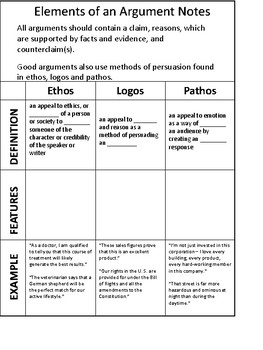Dr. Martin Luther King "I have a Dream..." Interactive Notebook Activities
Teach2Write
583 Followers
Grade Levels
8th
Resource Type
Standards
CCSSRI.8.2
CCSSRI.8.3
CCSSRI.8.4
CCSSRI.8.6
CCSSRI.8.7
Formats Included
- PDF
Pages
29 pages
Teach2Write
583 Followers
Description
26 pages of Lesson Plans, Activities, Rubrics and Keys created by 21year veteran language arts teacher with ESE and ESL certification.
These activities include:
- Quote page from Dr. King's speech
- Student Writing Reflection before reading
- Vocabulary notes and activity which includes information about the Emancipation Proclamation
- Dr. King's speech from the March on Washington in 1963 otherwise known as "I have a dream..." in its entirety with each paragraph numbered for ease of use and room to write notes.
- Notes on Persuasive Techniques Ethos, Pathos, Logos (what they are with examples) - with key, guided notes, and full notes
- Graphic Organizer for Analyzing Speech for Persuasive Techniques
- Student expository writing which analyzes the persuasive techniques used in the speech
- Figurative Language Analysis Graphic Organizer with key
- Allusions Organizer with key and reference sheets for students to use independently
- Student expository writing about the use of language in "I have a dream..."
- Rubric for grading student writing
- Advantages and disadvantages of audiovisual version of speech
- Student writing reflection of what they learned from this mini-unit
These activities include:
- Quote page from Dr. King's speech
- Student Writing Reflection before reading
- Vocabulary notes and activity which includes information about the Emancipation Proclamation
- Dr. King's speech from the March on Washington in 1963 otherwise known as "I have a dream..." in its entirety with each paragraph numbered for ease of use and room to write notes.
- Notes on Persuasive Techniques Ethos, Pathos, Logos (what they are with examples) - with key, guided notes, and full notes
- Graphic Organizer for Analyzing Speech for Persuasive Techniques
- Student expository writing which analyzes the persuasive techniques used in the speech
- Figurative Language Analysis Graphic Organizer with key
- Allusions Organizer with key and reference sheets for students to use independently
- Student expository writing about the use of language in "I have a dream..."
- Rubric for grading student writing
- Advantages and disadvantages of audiovisual version of speech
- Student writing reflection of what they learned from this mini-unit
Total Pages
29 pages
Answer Key
Included with rubric
Teaching Duration
1 Week
Report this resource to TPT
Reported resources will be reviewed by our team. Report this resource to let us know if this resource violates TPT’s content guidelines.
Standards
to see state-specific standards (only available in the US).
CCSSRI.8.2
Determine a central idea of a text and analyze its development over the course of the text, including its relationship to supporting ideas; provide an objective summary of the text.
CCSSRI.8.3
Analyze how a text makes connections among and distinctions between individuals, ideas, or events (e.g., through comparisons, analogies, or categories).
CCSSRI.8.4
Determine the meaning of words and phrases as they are used in a text, including figurative, connotative, and technical meanings; analyze the impact of specific word choices on meaning and tone, including analogies or allusions to other texts.
CCSSRI.8.6
Determine an author’s point of view or purpose in a text and analyze how the author acknowledges and responds to conflicting evidence or viewpoints.
CCSSRI.8.7
Evaluate the advantages and disadvantages of using different mediums (e.g., print or digital text, video, multimedia) to present a particular topic or idea.





